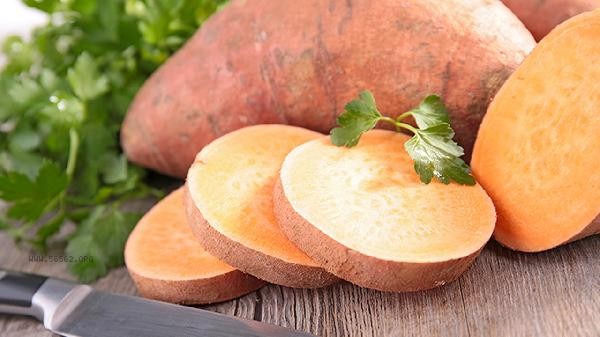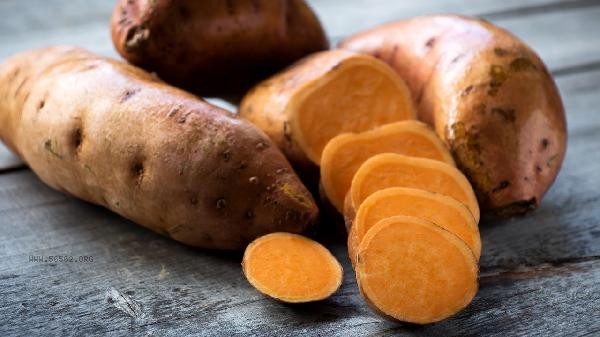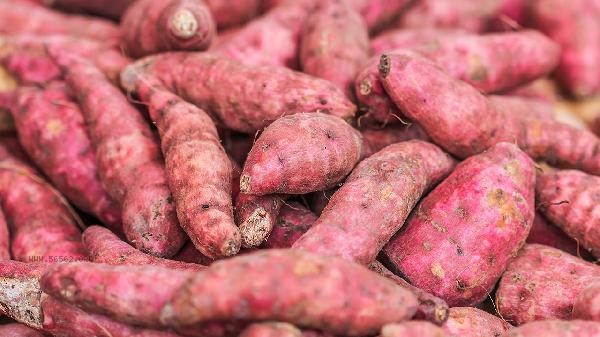Sweet potatoes and purple potatoes can be eaten together, and their combination can complement each other's nutrition without any health risks. Sweet potatoes are rich in beta carotene and vitamin C, while purple potatoes contain anthocyanins and selenium elements. Mixing them can enhance antioxidant capacity. It is necessary to control the total amount to avoid gastrointestinal discomfort, and diabetes patients should reduce their intake. When sweet potatoes and purple potatoes are eaten together, the synergistic effect of beta carotene and anthocyanins helps protect vision and delay aging. The dietary fiber in sweet potatoes promotes intestinal peristalsis, while the selenium element in purple potatoes assists in enhancing immunity. Steaming or baking can maximize the retention of nutrients. The difference in glycemic index between the two is small, and mixed consumption can smooth out blood sugar fluctuations. It is recommended to pair protein foods such as eggs or milk to enhance satiety.

Purple sweet potato skin contains a lot of calcium oxalate crystals, and it is recommended to peel and consume it for those with weak digestive function. Sweet potatoes will produce solanine after germination, and the germinated part needs to be thoroughly removed. Both types of potatoes contain more starch. Replacing some rice and Mantou is more conducive to weight control. However, nephrotic patients need to limit their intake to prevent high blood potassium.

Sweet potatoes and purple potatoes can be cut into pieces and steamed together in daily life, or made into a paste and eaten with yogurt. Moderate supplementation after exercise can quickly replenish energy, but avoid consuming high-fat foods that can affect digestion. Special populations such as postoperative gastrointestinal patients should consult about controlling intake and frequency. Long term storage should be kept dry and ventilated to prevent mold and toxin production.









Comments (0)
Leave a Comment
No comments yet
Be the first to share your thoughts!